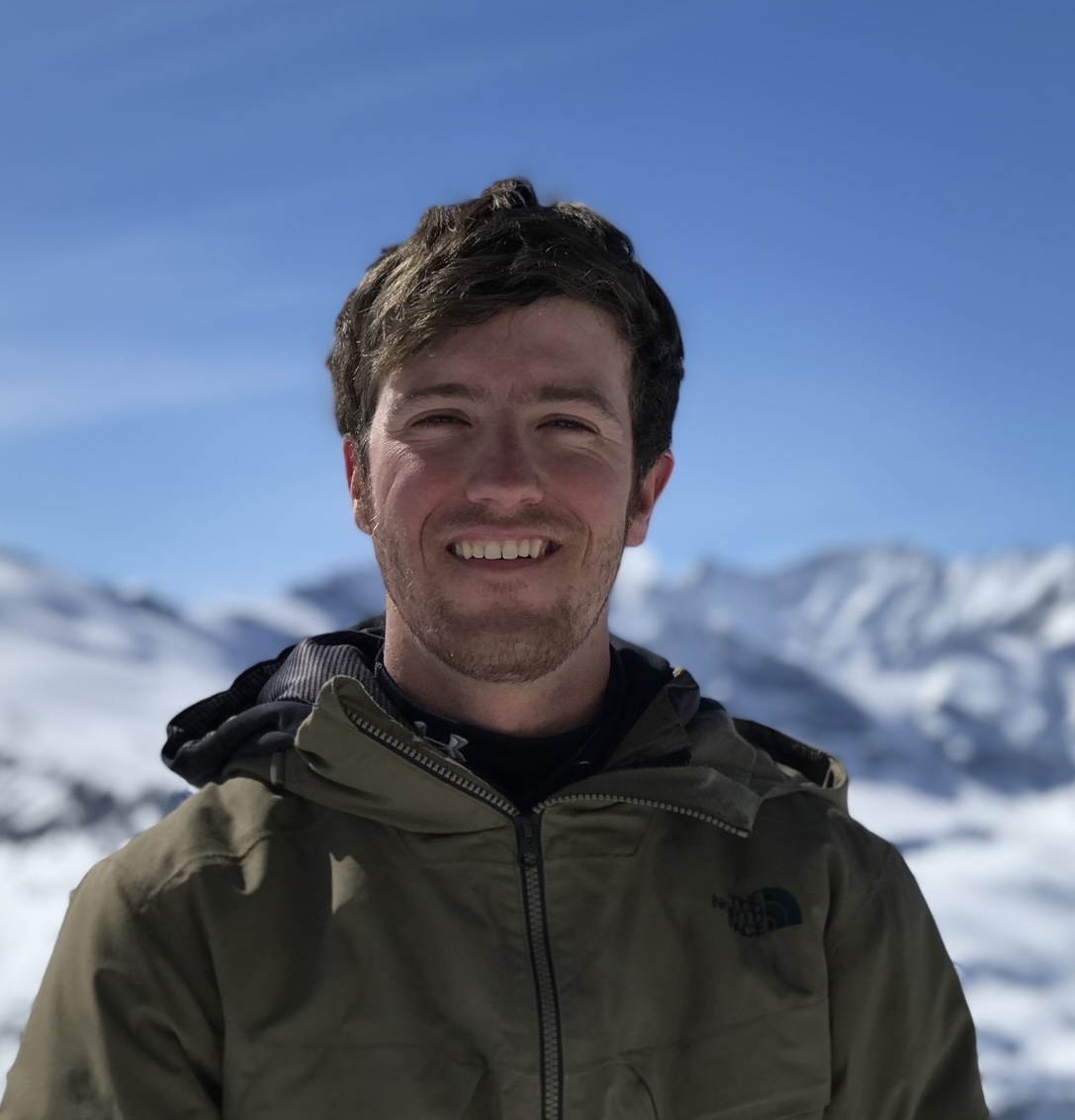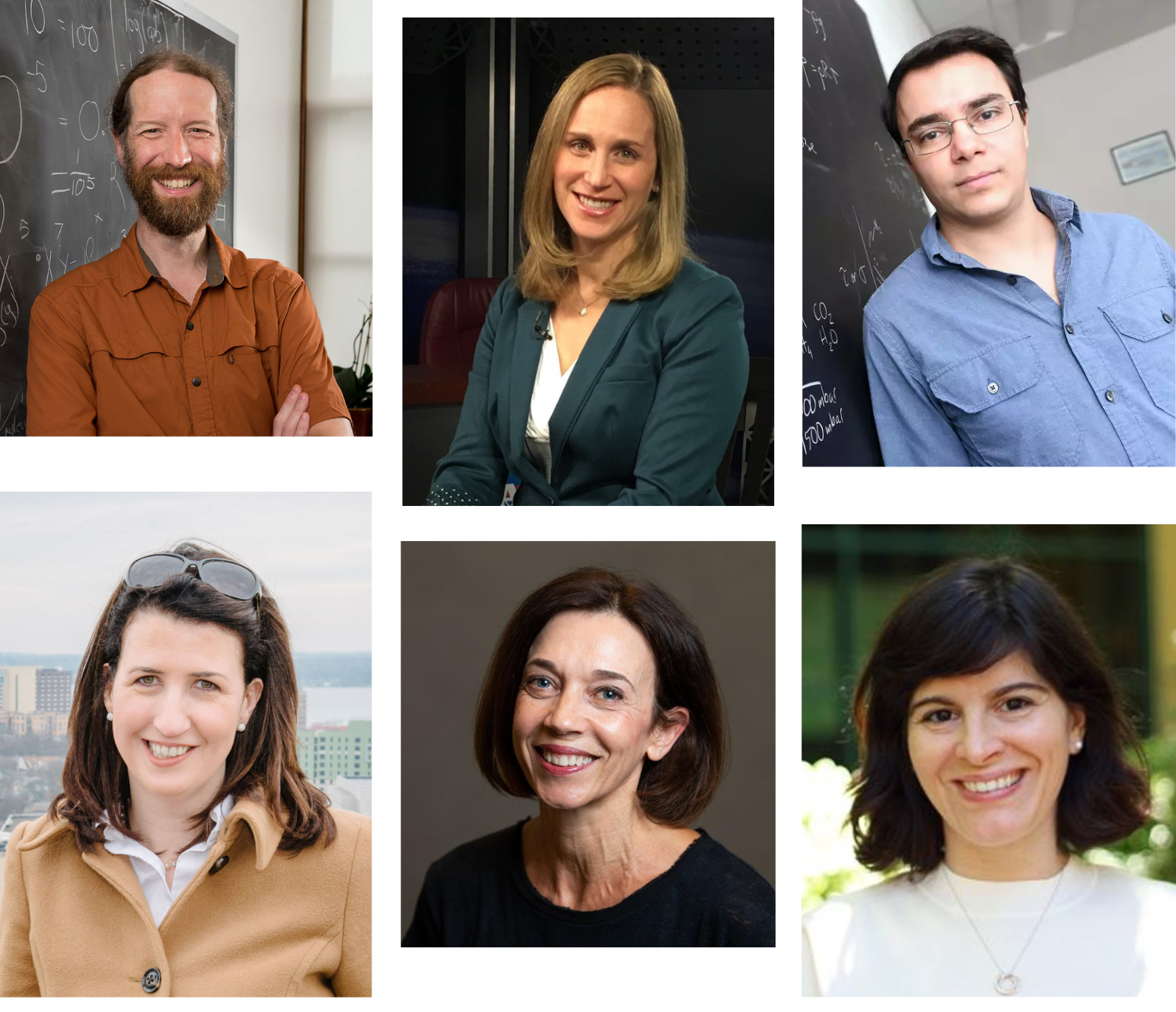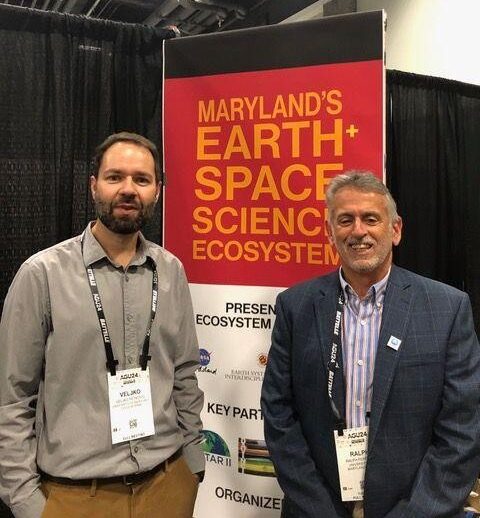
Pflug Receives 2025 Early Career Achievement Award
Congratulations to Justin Pflug, a recipient of a 2025 NASA Agency Honor Award. Pflugreceived an Early Career Achievement award, a prestigious honor that recognizes “unusual

Congratulations to Justin Pflug, a recipient of a 2025 NASA Agency Honor Award. Pflugreceived an Early Career Achievement award, a prestigious honor that recognizes “unusual

Figure 1. CISESS Interns Damian Figueroa and Samuel Wiggins, along with Dr. Guangyang Fang (from left to right) at the NWS Weather Day held at

by Guangyang Fang In early April, CISESS students Damian Figueroa and Samuel Wiggins traveled to Atlanta, Georgia, to participate in ImmerseGT—an XR hackathon hosted by
On March 27, the University of Maryland celebrated the achievements of over 250 faculty scholars and researchers at the 2025 Maryland Research Excellence Celebration. The

Figure. CISESS students Damian Figueroa (left) and Samuel Wiggins (right) at the MIT Reality Hack. On 23 January 2025, CISESS students Damian Figueroa and Samuel

Welcome to the Spring 2024 semester! We are pleased to announce the return of ESSIC’s Seminar Series. We have a wonderful lineup of senior and junior scientists who are prepared to deliver some compelling presentations about their work and research both in-person and remotely.
Some of our speaker highlights include Dalia Kirschbaum, Director of the Earth Science Division of NASA Goddard Space Flight Center; Neil M. Donahue, Director of Carnegie Mellon’s Steinbrenner Institute as well as professor and AGU Fellow; Claudia Tebaldi, scientist at Pacific Northwest National Laboratory’s Joint Global Change Research Institute and AGU Fellow; Ines Azevedo, associate professor at Stanford; Tracey Holloway, professor at UW–Madison and member of National Academy of Medicine; and Juan Lora, assistant professor at Yale.
Please click “Read more” for our full lineup and to add these events to your calendar now!

Figure. Regionally observed upper-2000-m change from 1958 through 2024 relative to a 1981–2010 baseline using Institute of Atmospheric Physics/Chinese Academy of Sciences data. Of the

ESSIC/CISESS Scientist Yongzhen Fan used the NOAA/NESDIS Snowfall Rate (SFR) product to give a timely update on Winter Storm Blair, the new year’s significant and

Many ESSIC scientists participated in AGU 2025, the annual meeting of the American Geophysical Union held from December 9-13 in Washington D.C. Since the

The second edition of the textbook Earth System Modeling, Data Assimilation and Predictability has just been published by Cambridge University Press. The book was led